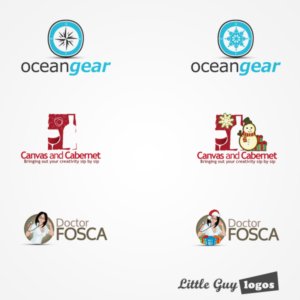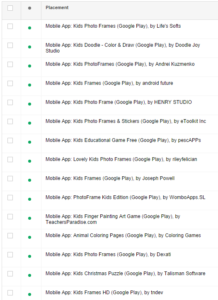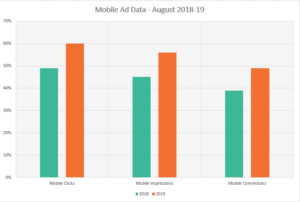Best Practices for Great Landing Pages
What makes a landing page great? The primary goal of a landing page is to nurture customers who aren’t ready to buy – yet. And show them how your company can provide them value in that area of curiosity. Great landing pages are essential to any business because they help drive sales to your product and services as well as boost customer experience.
Let’s take a look at how you can implement Onimod Global’s tips to make a great landing page.
Crafting Good Headlines
A headline is one of the first things that a user will see when they click on a landing page. With this in mind, it’s important to write headlines that sell. Here’s are a few tips on how to create a compelling headline for your website:
1. Don’t be ambiguous. Your headline should sum up the content of your video in an engaging, concise and eye-catching way.
2. Make sure it conveys the benefits of your offer. This will make users more likely to stay on the page and act on the call to action.
3. Keep in mind that an optimized page title can also help you rank better in the search engines. Having an indexed landing page on your site that is keyword optimized raises its visibility for that particular query.
4. Finally, make sure your headline for your landing page matches the headline of your email, ad, SEO copy, etc. for a seamless user experience
Having Separate Landing Pages For Different Campaigns
Message matching is an important part of a great user experience. Message matching is defined as, matching the heading of your landing page with the headline of the ad or piece of marketing your visitor clicked. This is especially crucial if you’re a B2C company.
Most B2C’s create and distribute a large amount of content across many different categories and product types, simply sending users to your homepage or a different product page from your promotional pages won’t allow that message to match up properly.
Be Mindful of the Images You Choose
Hubspot estimates that 65% of people retain information paired with relevant images compared to 10% of people who only hear that same information. Because of this, you want to make sure that your images are inspiring, original and eye-catching, but most importantly you want to make sure they inspire your visitors to action.
A concise, educational video can also boost conversion rates if you’d prefer to go that route. But be mindful of the images you choose. Your images should always help you earn conversions, not distract your visitors.
Implementing Engaging CTA’s
Your call-to-action (CTA) button is the most important part of your landing page because it’s the way that new leads are created in your system. Without this button, you don’t get potential new customers, and the rest of the copy and images on your page lose their importance. Great CTAs can increase your conversion rates, see some of our following tips below:
- Having a convincing CTA button. Avoid using terms like “submit”, “get started”, and use terms like “Get my free trial”, or “Send me the eBook”.
- Your CTA button should contrast the surrounding elements on your landing page in order to draw attention.
Final Thoughts
Design and digital marketing go hand in hand. Without the two it can be hard to have your campaigns stand out in order to drive engagement and new leads. At Onimod Global, we can help you craft a strategic digital marketing plan to meet your company’s needs.
Whether you need help with your web design and landing pages or your social media strategy, we are your one-stop-shop for all things digital marketing. For more information on our services, reach out to us today!




